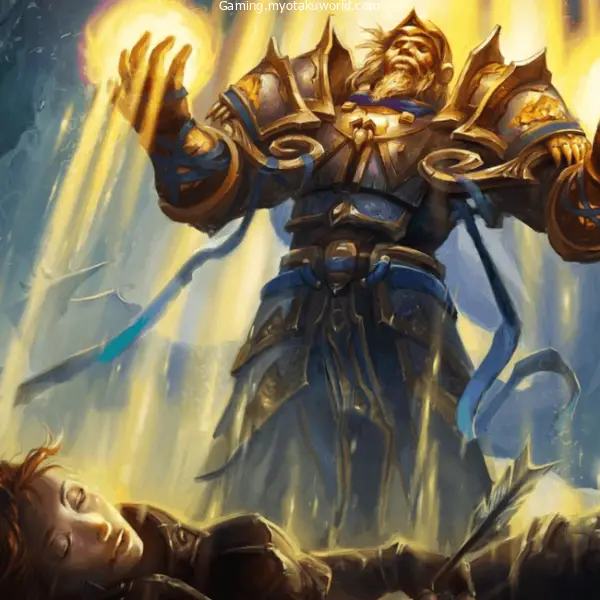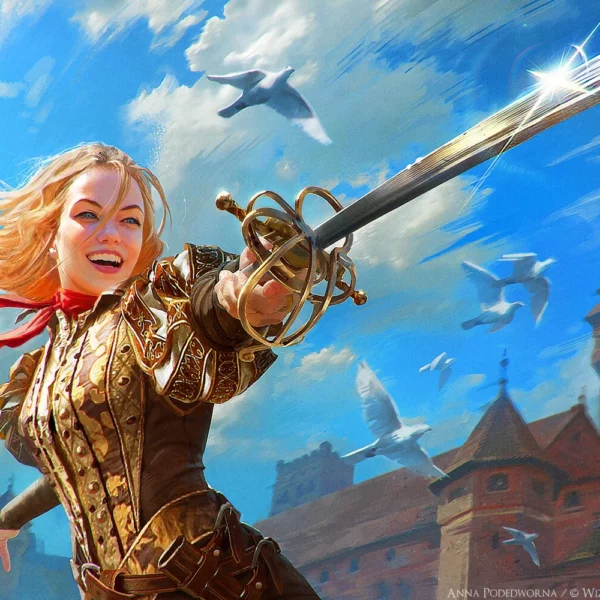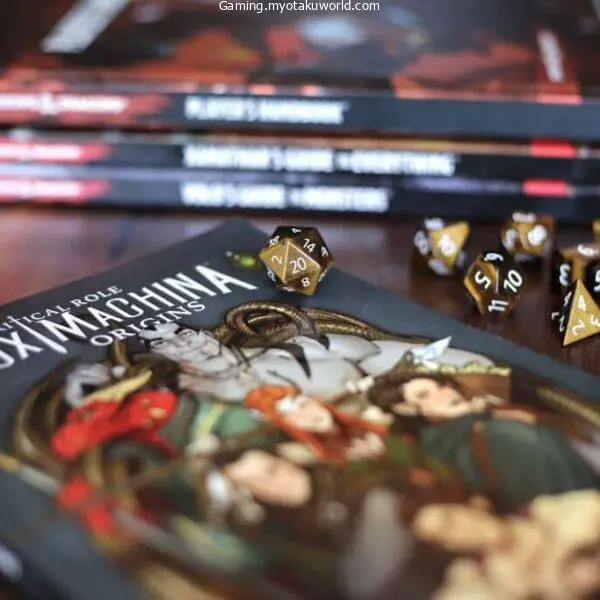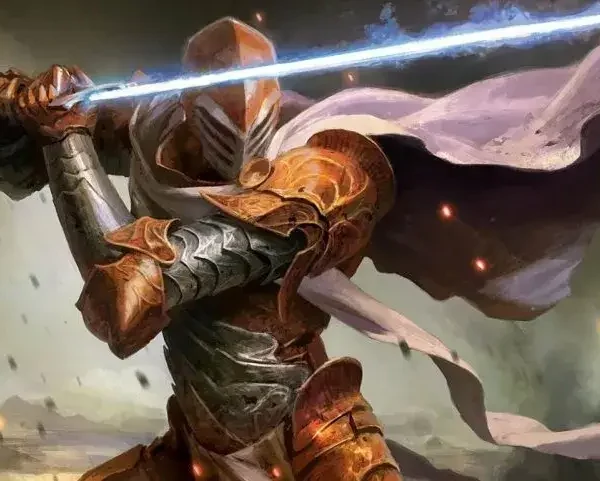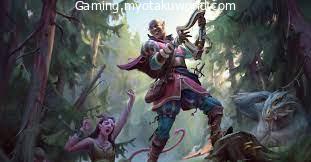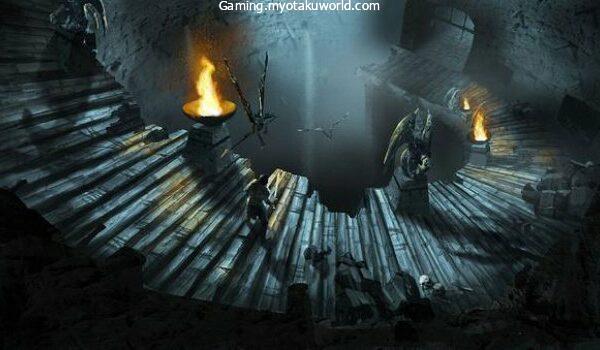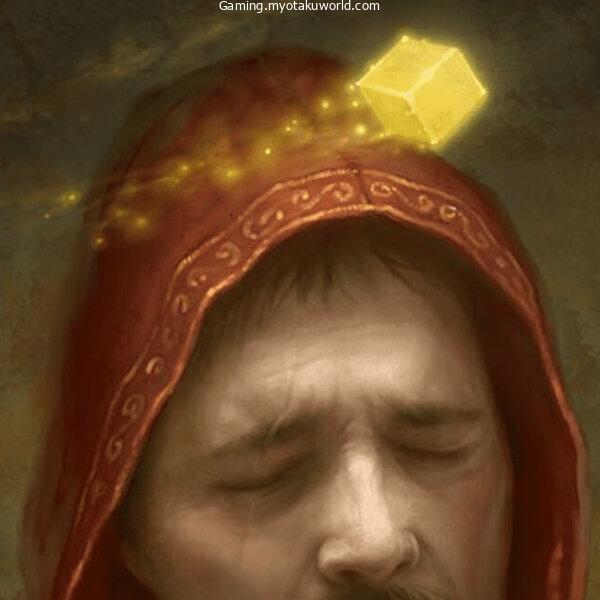In the process of creating Tasha’s Cauldron of Everything, the game developers of Wizards of the Coast tapped veteran puzzle designer for RPGs, Elisa Teague, to develop almost a whole chapter of puzzles for you to play in your D&D games.
She has also created the legendary Alternate Reality Game that preceded D&D Live 2018: Stream of Many Eyes, which is also known as the “Leave No Stone Unturned” puzzle.
Let’s explore her masterful work and develop simple and useful rules to create games to play with your Dwarves!
What is a puzzle?

Of course, we are aware of what a game is. It’s a test of your brain’s skills to tackle a difficult and often abstract problem.
There are many types of puzzles. Creating your puzzle around an archetype from the past could make it simpler to build a puzzle instead of beginning from scratch each time.
The problem is, with all the different kinds of puzzles, how do you determine which ones are enjoyable to unravel in D&D and which cause you to be bored?
There’s no universal solution that works for everyone and each D&D group is comprised of people with distinct tastes and preferences, so something that might win for your Friday group may not be as successful for your Sunday group and the reverse is true.
This is not even talking about your personal preferences as an individual dungeon master! Do not forget to have fun while playing as well.
- Word Puzzles Similar to that of the Reckless Steps puzzle from Tasha’s Cauldron of Everything, word puzzles depend on players’ ability to find words or letters, similar to an in-universe crossword.
- An oral version of the more visually-oriented word puzzle An excellent challenge (like that of the Eye of the Beholder puzzle) encourages you to consider hidden meanings within the words.
- Number Puzzles. For example, some of the most popular puzzles require you to arrange numbers in a certain order. For example, the Sudoku puzzle. Exact Change is a great example of this kind of puzzle. In addition, many of the puzzles from The Cauldron of Everything by Tasha Cauldron of Everything also combine words and numbers and require you to consider the connection between numbers and letters. Members Only is an excellent illustration of this kind of puzzle.
- Logic Puzzles Puzzles like the medium-sized puzzle Four-by-Four requires inductive reasoning and the relationships between puzzle components. They are usually solved with an algorithm for calculating logic.
In-Character and Out-of-Character Thinking

When solving a problem, do players make use of what they have learned from their own lives, or do they have to rely solely on the knowledge their characters possess?
In the same way, should they use their abilities or try to emulate the character’s level of intelligence?
How can you appear to be ignorant of things even if you’re playing an inexperienced character with just 8 intelligence?
Or more importantly, how do you increase your knowledge when you’re playing a sage who has 19 intelligence, which is a genius-level of intelligence?
The problem gets more difficult when both the dungeon master and their players are at odds on what the best method to solve a puzzle is.
It can be disastrous when the DM requires players to complete the problem in character while the players would prefer to use whatever method is victorious.
There’s no one-size-fits-all solution to this issue—every table is different. But the best solution that is universally applicable is to let the players draw on real-world experience as well as their wits to solve the problem.
Don’t expect players to lower themselves to be able to compete with their fictional characters.
If they’re not the same level of genius as their wizard, keep a few suggestions in your arsenal that make use of the character score and their ability or tool skills to uncover details that they may have never thought of in a way that isn’t typical.
A Puzzle’s Story

To be a dungeon master means learning a tiny bit about game design to ensure that the games you run are made for your players.
Soup in a can is great, but imagine the difference between canned chicken soup and a rich homemade soup made from bones that you’ve simmered for many hours.
If you’re looking to create delicious challenges that you can use for your D&D group, it is important to realize that the mark of a successful puzzle isn’t that it frightens players, but that it tells a good narrative.
D&D is a game that can be played with friends, and in most cases, it’s more about keeping the game going than offering the players a challenging experience.
The key to creating an excellent puzzle is hitting the target in the dead middle of the flow and adding a level of difficulty.
The bullseye puzzle has a storyline with a rising pace of action and challenges similar to those you would encounter in the Storytelling 101 class. If the puzzle is well-designed as well as well-suited to the player’s ability, they’ll be able to feel like they’ve taken an adventure when they complete it, rather than just navigating the speed bump. This is a three-step method for creating a compelling puzzle.
The Question and the Statement
The puzzle starts by making a statement before asking for an inquiry. It can be a literal definition of terms, like an inscription on a bronze plate that reads: “To progress past this room, you must speak aloud the names of the five great kings of Oa.”
The room is adorned with a dozen pictures of people, with their names engraved onto the frames. The problem is implied, and the room will ask, “Which of these dozen people are the Five Great Kings of Oa?”
The characters must determine that the portraits are adorned with traits that an infamous monarch would wear, like an oblong, the scepter, a signet ring that bears a royal crest, and so on.
The description doesn’t have to be as explicit, but it should be clear. Take a look at how the puzzle might change when the characters enter this identical room.
You described the portraits, then you locked the door and had the Royal Crest of Oa inscribed on it five times within the shape of a pentagon. In this case, it is also required that the players:
- You’ll realise that there’s a puzzle in the first place.
- Find the underlying principles of the puzzle based on the context.
In general, it’s simpler to provide a puzzle with an explicit description and an implicit query. But, if you ask the question (perhaps with a sign on the door that reads, “Only those who possess knowledge of history long-lost are worthy to pass me”).
You can make the players infer the rules of the game by looking around them without having them be aware that they’ve entered a puzzle.
The Wall and the Perspective Shift

The only thing a puzzle truly needs to be perfect is an assertion and a question. This is essentially a riddle that you’ve incorporated certain multimedia elements into.
To create a truly unique puzzle requires borrowing the magic tricks that magicians have learned.
Anyone who has seen the movie The Prestige (the 2006 film directed by Christopher Nolan) knows that there are three phases in a real-world magic trick, which are: the promise, the turning, and the fame.
In different ways, this can be applied to good puzzles because the aim of both the illusionist and the puzzle master is the same: to tell an engaging story.
The major difference is that the magician seeks to hide the details of their trick, and the master of puzzles would like the viewer to comprehend the puzzle from the inside out to figure out the solution.
In this schema of a magician, “the turn” is the moment when something ordinary is shown to be exceptional.
The expectations of the audience can be turned around, and it alters their perception. In a puzzle, this perspective shift occurs when solvers are pushed against an obstacle.
Their assumptions were flawed. Typically, they believe they know what they thought was certain about the puzzle, but the claim is usually false.
This isn’t complete lying, and that’s an illegal tactic, but the claim was made in such a way that it played on the assumptions you make.
The wall will be in a tense manner unless puzzlers take a moment to take a step back, reevaluate what they assumed to be true, or include new knowledge they’ve discovered elsewhere, and look at the puzzle from a fresh perspective.
Because this part of the game is typically when players are stuck, it’s essential to have a few clues prepared (as described within the “Puzzle Elements” section of Tasha’s Cauldron of Everything).
The presence of clues that characters could use to find helps in striking the right balance between the player’s expertise as opposed to player knowledge, as well as between the challenges and the flow of the game.
A great way to accomplish this is to link the puzzle to the overall plan of the campaign or just the dungeon that the puzzle is situated within. In our example of a portrait, we’ll say that the dungeon is based on dragons.
The five colors of dragons that achromatize specifically. Scattered statues are depicting old kings (with face-scarred faces), and each of these kings has a chromatic dragon of different colors in his midst.
The dragons are not featured in the portraits, but knowledgeable characters will know that, even though most of the people depicted seem to be elegant, or even regal, just one portrait shows a person wearing black or blue, green-white, and red.
The kings of these are not dressed in elegant attire; instead, they wear the colors of their bonded dragon.
The Epiphany

The shift in perspective is the most important factor in unlocking the whole puzzle. When the characters have altered their perspective and shifted their perspective, the rest of the puzzle will fall into place, causing the wall that was preventing them from progressing away until the answer is obvious.
This will be a series of flashing epiphanies as puzzlers apply their new perspective to the puzzle’s elements each time. The secret to this epiphany lies in the initial stages of the puzzle.
It has to be grounded in simple, clear concepts, not cheap tricks. Indie puzzle game creator Jonathan Blow (Braid, The Witness) told Gamasutra in 2014,”.
The more the puzzle is something tangible and something particular and not focused on a random challenge, the more significant that epiphany will be.”
In our scenario, once someone realizes they are the Five Great Oan Kings, they are connected with a chromatic dragon, and the realization that each king wears the color of their dragons will come swift and rapid.
This is the only one with red! It’s the only one with the white… “up until puzzlers discover the answer and then open the door.
If the players are especially sensitive, the perspective of their players will be perfectly aligned from the beginning.
Therefore, there won’t be an epiphany, but rather a numbing realization that their initial thought was correct throughout.
This is always disappointing, but it’s a good thing when it occurs, so don’t panic. Consider it a sign that you need to ramp up the difficulty of your next puzzle to stimulate your players.

